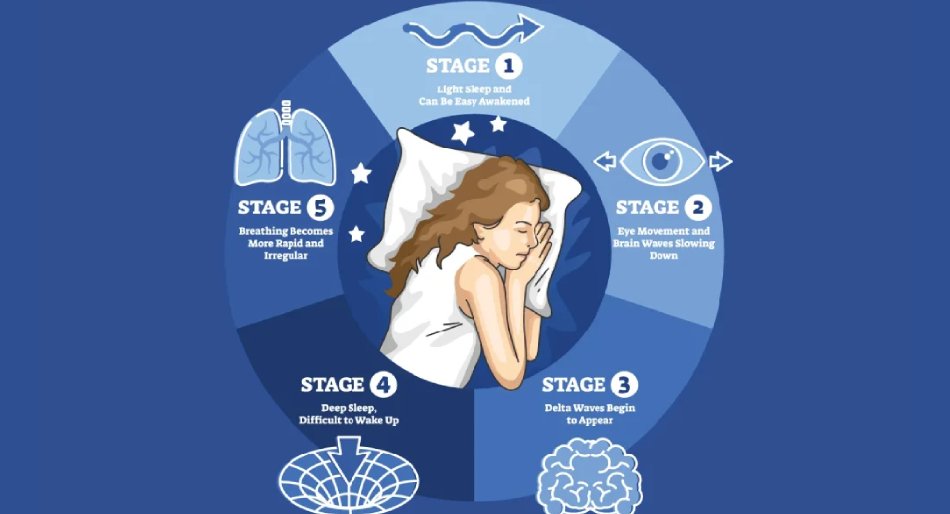Do you work late nights, rotating shifts, or early-morning hours? If so, you may find yourself dragging through the day with constant fatigue, trouble sleeping, or mood swings. These aren’t just signs of being overworked—Shift Work Sleep Disorder (SWSD) might be at play.
Let’s dig into what it means, how it affects your body, and when it’s time to take action.
What Is Shift Work Sleep Disorder?
SWSD is a condition tied to working hours that clash with our natural body clock (circadian rhythm). People on night shifts, rotating schedules, or early-start shifts often struggle to fall asleep, stay asleep, or feel alert when awake.
Not every shift worker develops SWSD, but for those who do, the consequences can stretch far beyond feeling tired.
How Irregular Sleep Schedules Affect You
When your body expects sleep at night but your work demands it otherwise, several things get disrupted:
- Your melatonin and cortisol rhythms become misaligned
- Daytime sleep is shallow and fragmented
- You feel persistent fatigue or excessive sleepiness during work hours
- Over time, this can impair concentration, mood, immunity, and even metabolism
Experts note that the mismatch between the internal clock and schedules lies at the heart of SWSD. Sleep Foundation+1
Signs & Symptoms to Watch For
If any of these are part of your daily life, SWSD could be a possibility:
- Trouble falling asleep or staying asleep
- Non-refreshing daytime sleep
- Sleepiness or drowsiness during work or commute
- Difficulty concentrating, irritability, mood changes
- Headaches, digestive discomfort
Because these symptoms overlap with insomnia or fatigue, many dismiss them—until they worsen.
Who Is Most at Risk?
SWSD doesn’t choose its victims randomly. Those more vulnerable include:
- People are constantly rotating shifts
- Night shift workers
- Those trying to nap during odd daytime hours
- People already have sleep, metabolic, or mood disorders
If your health is already strained, the extra burden from disrupted sleep only compounds risks.
How Diagnosis Works
If you suspect SWSD, here’s what a sleep specialist may do:
- Take your sleep and work schedule history
- Ask you to maintain a sleep diary or actigraphy logging
- Do a sleep study sometimes to rule out any other hidden sleep disorder
- Rule out other causes (sleep apnea, restless legs, etc.)
Once the diagnosis is precise, a tailored plan is designed for you.
Treatment Paths & Strategies
There’s no one-size-fits-all, but a mix of approaches often works best:
- Sleep hygiene & schedule consistency: Try to maintain regular sleep times even on off days
- Bright-light therapy: Exposure to bright light at strategic times can help reset your internal clock. Sleep Foundation+1
- Melatonin (under supervision) or other medications to help initiate sleep when needed.
- Strategic napping (short, timed naps) and caffeine usage (carefully timed not to hinder sleep)
- Behavioural therapies, stress reduction, and environmental adjustments (darkened rooms, quiet space)
These strategies complement professional care—always consult a specialist before starting medications.
When to Consult a Sleep Specialist
If disrupted sleep has become your norm—if you’re reliant on naps, caffeine, or constantly groggy—don’t wait. A specialist can help you:
- Confirm whether it’s SWSD or another sleep disorder
- Rule out overlapping conditions (e.g. sleep apnea)
- Design a treatment plan suited to your work schedule
- Monitor progress and adjust therapy
You can also explore how Pulmonary Function Tests are used when respiratory issues overlap.
Final Thoughts
You deserve better nights and more alert days—not just “getting by.” Shift work doesn’t have to rob you of health and productivity. With proper diagnosis and management, many workers reclaim restful sleep and balance.
If you suspect Shift Work Sleep Disorder or simply want your sleep evaluated by a trusted expert, book a consultation with Dr Nalini Nagalla today. Your future self will thank you.

